25 February 2024

Cities should be collaborative creations, no? Various professions, ways of knowing, modes of action, governments, and the people that live there, work together (we hope) to build their city from their shared and often contested values. And we need to find greener routes to built cities for them to be...
0 Comment(s)Join our Conversation
7 February 2024

Rightly, people recently have been valuing Indigenous cultures and writing about them. Not wishing to mimic or appropriate, but as an attempt to learn from such ways of thinking, this essay uses a form of circular storying[1] that becomes nonlinear. I stumbled upon ‘storying’ (the making and telling of stories)...
0 Comment(s)Join our Conversation
15 January 2024

Every human activity generates environmental impacts, such as in the case of urban settlements. Conventionally, the urban environmental impacts that are more worrisome are those that are the result of the city itself, such as urban solid wastes and water contamination. These wastes are the remains of urban metabolism, and...
0 Comment(s)Join our Conversation
8 January 2024

Nestled within the lively and restless Leith neighbourhood stands the iconic curved structure of Cables Wynd House, immortalised in Irvine Welsh’s novel “Trainspotting” and referred to by locals as the Banana Flats. Constructed in the 1960s, Cables Wynd is considered one of Britain’s greatest post-war buildings designed in the Brutalist...
1 Comment(s)Join our Conversation
20 December 2023

Historically, North American urban environmental and natural resource management was operationalized in a top-down, command-and-control fashion. In general, governments prepared plans and made decisions with some limited input from other stakeholders. Over time, this shifted to a more bottom-up, collaborative approach ― an ecosystem approach. The ecosystem approach is not...
0 Comment(s)Join our Conversation
10 December 2023

0 Comment(s)
Join our Conversation
6 December 2023
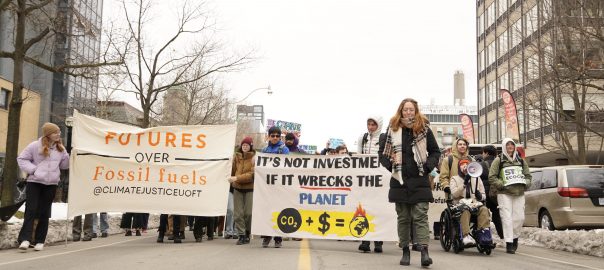
Youth voices advocating for climate justice have emerged as a significant force for shedding light on the escalating challenges that climate change will create in their current and future lives. While adults often assume that young people are not interested in politics and/or are perceived to be less politically engaged,...
0 Comment(s)Join our Conversation
3 December 2023
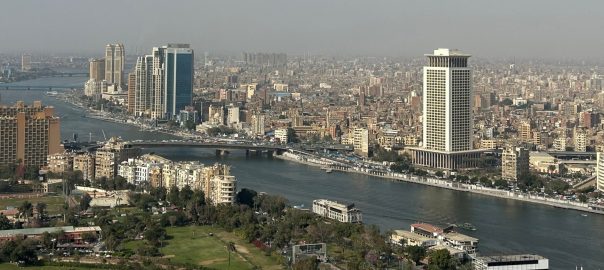
In 2010, the UN General Assembly explicitly recognized the human right to water and sanitation. Equal access to safe and clean water, however, requires a major change in how decisions over use and rights to water are made and needs appropriate legal frameworks to curb over-extraction and unsustainable behavior. Qanats...
0 Comment(s)Join our Conversation
28 November 2023

In early September 2019, a plant known as Jimson weed (Datura stramonium) was considered one of the top threats to public safety in New York City. Although fairly common in the region, a Tweet from Adrian Benepe, the former commissioner of NYC Parks & Recreation went viral after he found...
1 Comment(s)Join our Conversation
26 November 2023

0 Comment(s)
Join our Conversation
20 November 2023
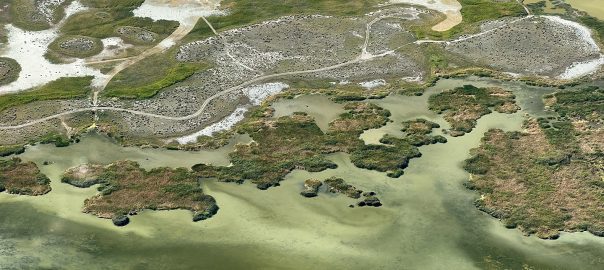
Part I: Falling in Love Part II: A Broken Heart Part III: Finding Joy in the Smallest of Things This is a collection of stories about a disappearing lake. The Great Salt Lake. It is told in three parts through poems, prose, and multi-media artwork. These first excerpts are from...
0 Comment(s)Join our Conversation
15 November 2023

After more than 15 years of teaching, researching, consulting, and advocating for nature-based solutions (NBS) in Brazil, it’s really fulfilling to see NbS becoming nationally recognized and adopted in several Brazilian cities. In this essay, I present my view of the process that led to this moment. It has had...
0 Comment(s)Join our Conversation
7 November 2023

A view from the joint meeting of the San Juan ULTRA and the NATURA Early Career Network 1. Nature-based Solutions in the Context of San Juan, Puerto Rico On a sunny day in San Juan, Puerto Rico, life is good. Along the beaches, crabs scuttle in the riprap next to...
0 Comment(s)Join our Conversation
30 October 2023

Human impacts on the environment are no joke, and climate change is one of the biggest challenges facing humanity. So, Environmental Education (EE) is serious business. Given the context, it is understandable that EE is usually communicated to adults through serious methods of communication such as lectures, information sessions, and...
0 Comment(s)Join our Conversation
23 October 2023

The White City. Thus, Tel Aviv refers to itself, taking its cue from the many buildings built in the International Style in the 1930s by the avant-garde architects who had studied in Europe or come to Palestine to escape Nazi Germany. Some had studied at the Bauhaus, and the term...
2 Comment(s)Join our Conversation
16 October 2023

Obstacles in nature are quite variable. Some are easy to observe: for example, a tree in the middle of an open area, a rock in the middle of a trail, or a lake in the forest. Others are not that easy to spot or identify as an obstacle. For example,...
0 Comment(s)Join our Conversation
9 October 2023
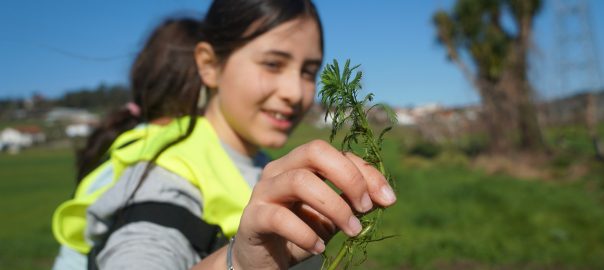
Invasive species cause one of the greatest threats to biodiversity and ecosystems worldwide. Many species are introduced into environments different from their place of origin and can quickly proliferate, causing significant harm to the ecosystems, economy, and public health. Invasive species have the capacity to establish, reproduce, and spread uncontrollably,...
0 Comment(s)Join our Conversation
25 September 2023
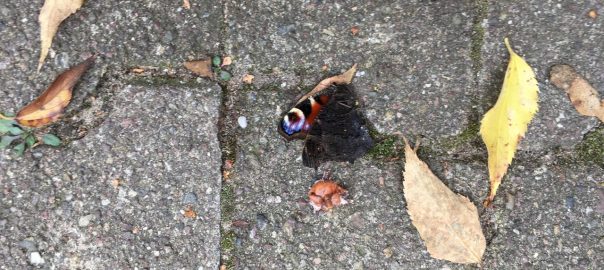
[*]I’m on my way home from an errand one early June evening. As I walk, I look down on the granite-slabbed sidewalk. At its margin, a row of slender catsears raise their yellow heads towards the fading sky. They look a bit like skinny dandelions (who they are related to),...
0 Comment(s)Join our Conversation
17 September 2023

“…they do not belong to our neighbourhood and are located outside the administrative jurisdiction of Bangalore; hence we do not work on those lakes…” This was the comment made by a representative belonging to a prominent lake conservation group in the city, presenting a focused definition of a city as...
1 Comment(s)Join our Conversation
11 September 2023

A core tenant of the environmental movement is under attack. Planning, and particularly the rational planning model, is seen as something suspect, an enemy of the people. The whole idea of rational, technocratic planning to achieve social goals is being rejected by some, as an elitist pursuit that must be...
0 Comment(s)Join our Conversation


